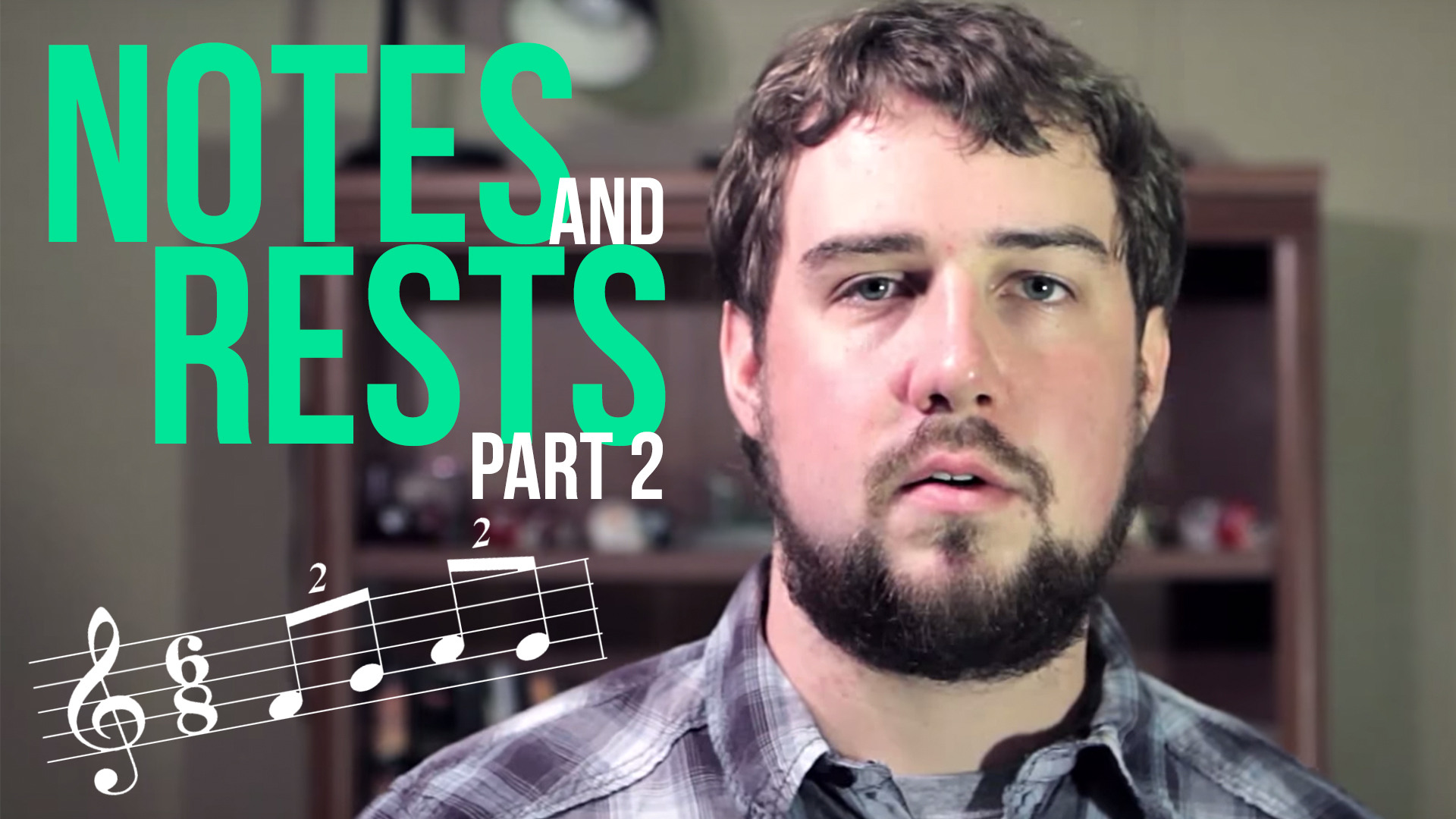Notes and Rests, Part 2 - TWO MINUTE MUSIC THEORY #5
The Dot
Any note or rest may be dotted. This adds 50% of the value of the note to the note. Let me rephrase that. With a dot a note is worth 150% of its original value.
For example, a dotted whole note is worth 6 beats. It originally was worth four, and the dot adds half of the value, so 2. 4+2=6. Again, the dotted half is worth three beats (2+1=3).
This is the same for rests. A dotted half rest is worth three beats of rest. Although, I would venture to say that a dotted half rest probably won’t be seen too often, it can still exist. This is theory, after all.
Ties
If two notes are a tied together, their value is added together. This is most commonly seen when a note passes over a measure line. If two quarter notes are tied together, they receive two beats. If a quarter note is tied to a half note, it will be worth three beats. If a half note is tied to an eighth note, it is worth 2 and a half beats, and so on it goes.
Rests, however, are never tied to each other. I have no way of proving it, but all of your friends will probably disown you if you tie your rests together. So don’t do that.
Triplets
You may from time to time see this. This is called a triplet. It takes three notes and puts them in the space that two notes should take up. Three quarter notes would normally take up three beats. However, when we stick three quarter notes in a triplet it makes those three quarter notes worth two beats. So, a triplet of quarter notes equals one half note. A triplet of eighth notes equals a quarter note.
Adversely, we could make two notes take up the space of three. We call this a duplet. Most commonly, you will see two eighth notes taking the space of three.
We will talk in a later video about how these specific rhythms function in certain meters.
Conclusion
I understand that pretty much everything I’ve said is math. Here’s a truth that a lot of musicians would like to avoid: Music is very mathematical. There. I said it. Vocalists everywhere just died a little inside.
Alright, that’s all for the basics of note and rest values. Come back next time and we’ll look at scales and intervals.












